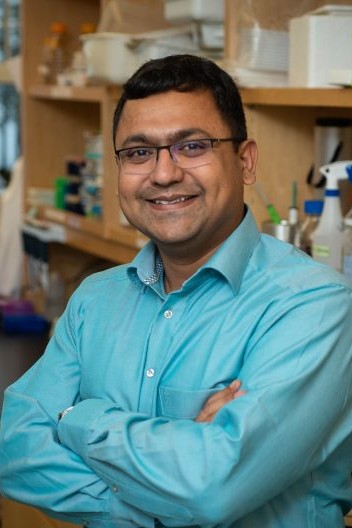Prayag Murawala
Education
- Ph.D., The National Centre for Cell Science (NCCS), Savitribai Phule Pune University
Research Overview
What makes axolotls regenerate and what blocks regeneration in us?
The Murawala Lab combines diverse disciplines (developmental biology, evolutionary biology, epigenetics, genomics and biophysics) and next-generation technologies such as gene manipulations, whole body imaging, and single cell -omics to understand the mechanisms of complex tissue regeneration.
The axolotl is a robust model of tissue regeneration because it can regenerate many different body parts, including limbs, tail, heart and even the brain. Their body is partially transparent, allowing scientists to visualize internal organs while they are developing and regenerating. On a phylogenetic tree, the axolotl is seated in between the zebrafish and the mouse (the two most studied vertebrates), which provides us with a crucial reference for evolutionary studies.
Publications
A list of selected publications can be found here: https://pubmed.ncbi.nlm.nih.gov/?term=Murawala%2C+Prayag%5BAuthor%5D&sort=date
For more details please visit the Murawala Lab!

